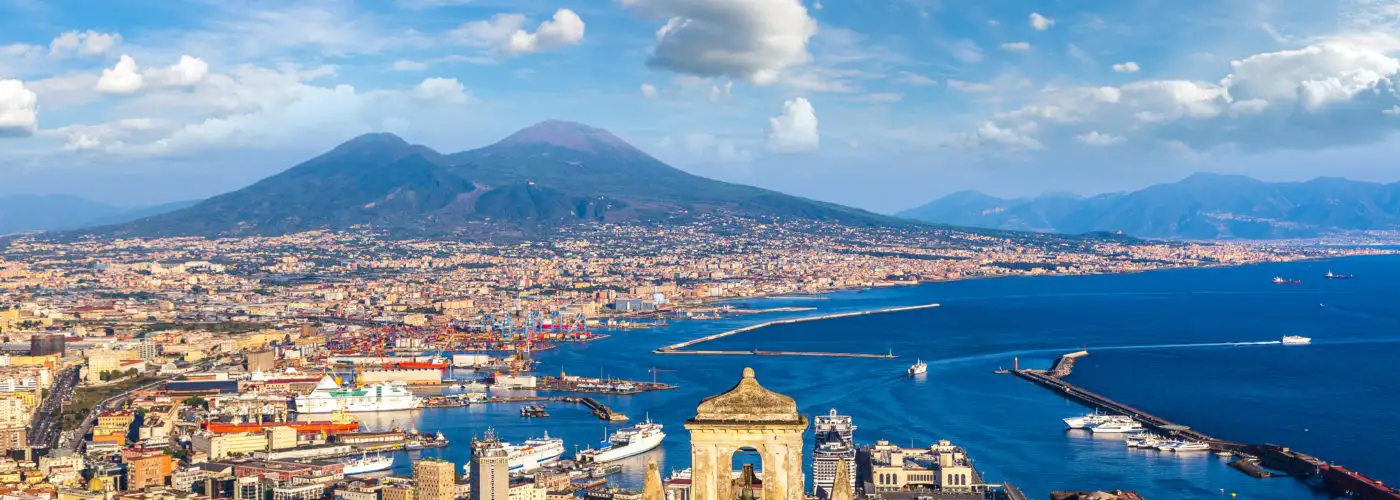All year long, Americans descend by the planeload on the sunny isles of Southern Europe. They go there to swim in the beautiful clear blue waters, fill their bellies with Mediterranean food and wine, and lie like lizards in the sunshine. In a place so relaxing, it’s easy to forget how these craggy islands came into existence in the first place. They are, of course, volcanic, and, as many tourists to Italy and Spain have been reminded over the last several months, many of those volcanoes are still active.
There are probably more volcanoes than most travelers to Europe probably realize. These are not just in Southern Europe, but scattered across the North and in Iceland, too. Some seem to spout off with a somewhat manageable frequency while others haven’t made a peep in thousands of years. However slim, there’s always the possibility. Here’s the lowdown on where to find these volcanoes and what do you do when an eruption threatens your European getaway.
Volcanoes in Italy
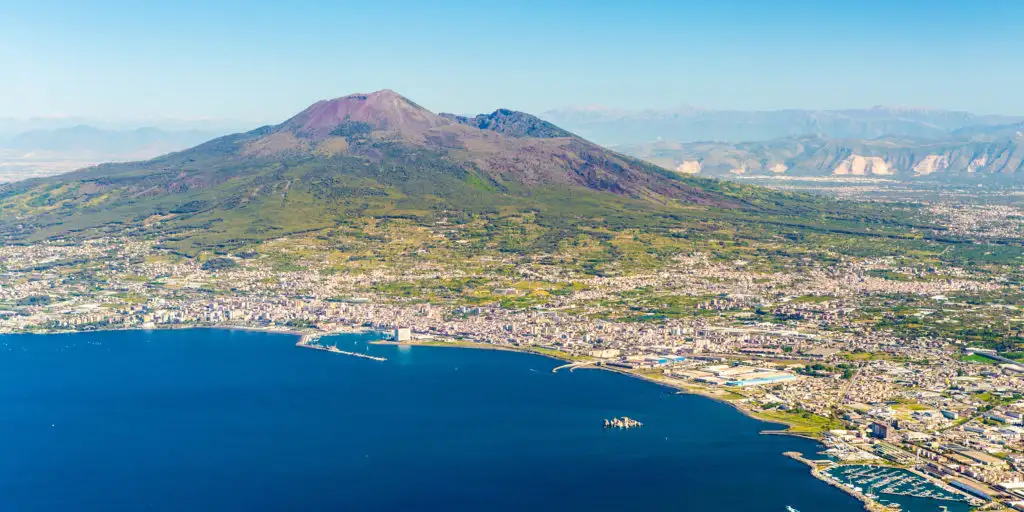
Italy is home to eight volcanoes, the most of any country in continental Europe. That’s no surprise to anyone watching the news, where Mount Stromboli—located in the Aeolian Islands—and Sicily’s Mount Etna have been making regular appearances. Both volcanoes are in a constant state of activity, though recent eruptions have been more frequent and forceful. So far in 2021, Etna has erupted over 50 times. That increase in activity has left Etna’s peak 100 feet taller than at the beginning of the year.
These eruptions are sometimes loud enough to shake nearby homes, but, for the most part, locals have learned to coexist with these minor interruptions. Fatalities are rare but do occur. In 2019, a tourist was struck and killed by volcanic debris while hiking the summit during an eruption at Stromboli. At Etna, eruptions have left many injured but caused no fatalities since 1987 when two tourists were killed during an eruption near the summit.
Italy’s most infamous volcano, Mount Vesuvius, has been quiet since 1944, but tourists can still visit Pompeii and nearby Herculaneum, both devastated by an eruption in 79 AD.
Mount Stromboli, Aeolian Islands, Italy
Most recent eruption: November 2021 and ongoing
Mount Etna, Sicily, Italy
Most recent eruption: November 2021 and ongoing
Mount Vesuvius, Italy
Most recent eruption: March 1944
Vulcano, Aeolian Islands, Italy
Most recent eruption: August 1888 through March 1890
Monte Amiata, Italy
Most recent eruption: 40,000 years ago
Monte Amiata, Italy
Most recent eruption: 180,000 years ago
Phlegraean Fields, Italy
Most recent eruption: 1538
Colli Albani, Italy
Most recent eruption: 5,000 BC
Volcanoes in Spain
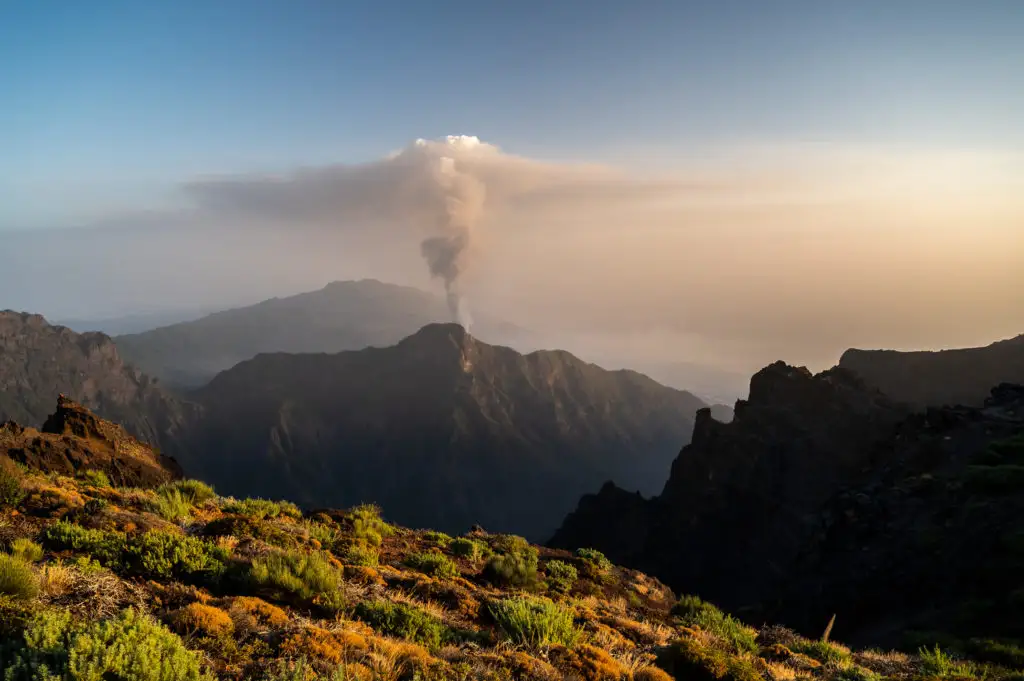
Spain’s Cumbre Vieja has been making headlines since September 2021, with its first major eruption since 1971. The recent lava flow has spilled into the Atlantic, leaving new rock formations along the Palma coastline. Thick layers of black ash have buried homes, closed airports, and brought tourism to a near halt.
Cumbre Vieja, La Palma, Canary Islands, Spain
Most recent eruption: November 2021 and ongoing
Volcanoes in Iceland
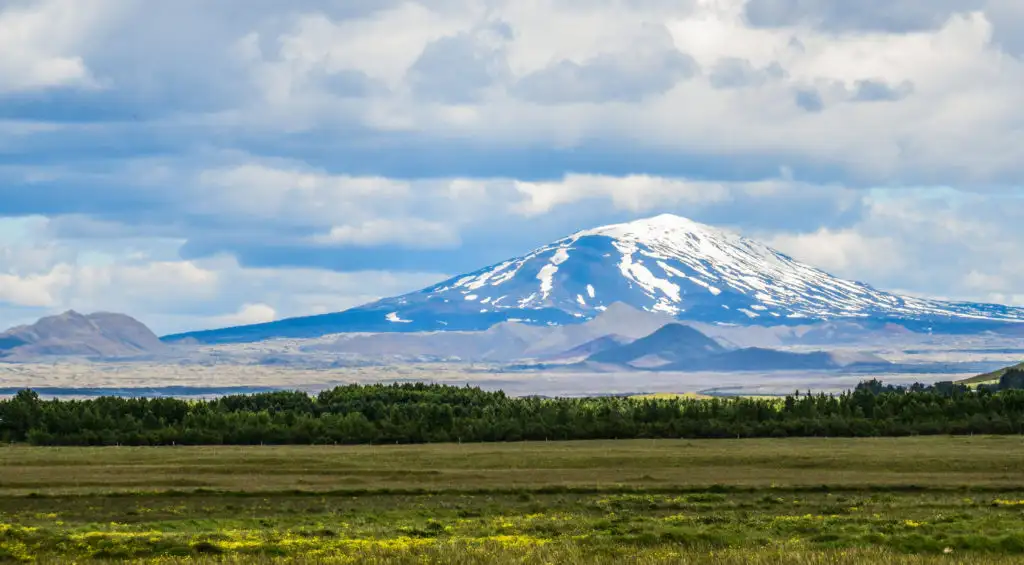
Though it is not a part of continental Europe, Iceland is still considered a part of Europe and is home to eight very active volcanoes. That’s the second-highest number of volcanoes in the region, after Italy. Iceland’s unique position between North American and European flight paths makes for an especially volatile situation. The plumes of ash floating in the skies after the 2010 eruption of Eyjafjallajökull led to a 6-day airspace ban, leaving millions of passengers stranded. This was the largest interruption in air traffic since World War II, and it could have been much worse. Eruptions often drag on for much longer. Bárðarbunga, Iceland’s most recent eruption, stretched from late summer 2014 through the following winter. Fatalities due to volcanic activity are rare in Iceland, with the last incident recorded in 1973.
Bárðarbunga, Iceland
Most recent eruption: From August 2014 through February 2015
Grímsvötn, Iceland
Most recent eruption: May 2011
Eyjafjallajökull, Iceland
Most recent eruption: March through October 2010
Hekla, Iceland
Most recent eruption: February 2000
Katla, Iceland
Most recent eruption: October through November 1918
Öræfajökull, Iceland
Most recent eruption: 1727 through 1728
Snæfellsjökull, Iceland
Most recent eruption: 200 CE
Volcanoes in Greece
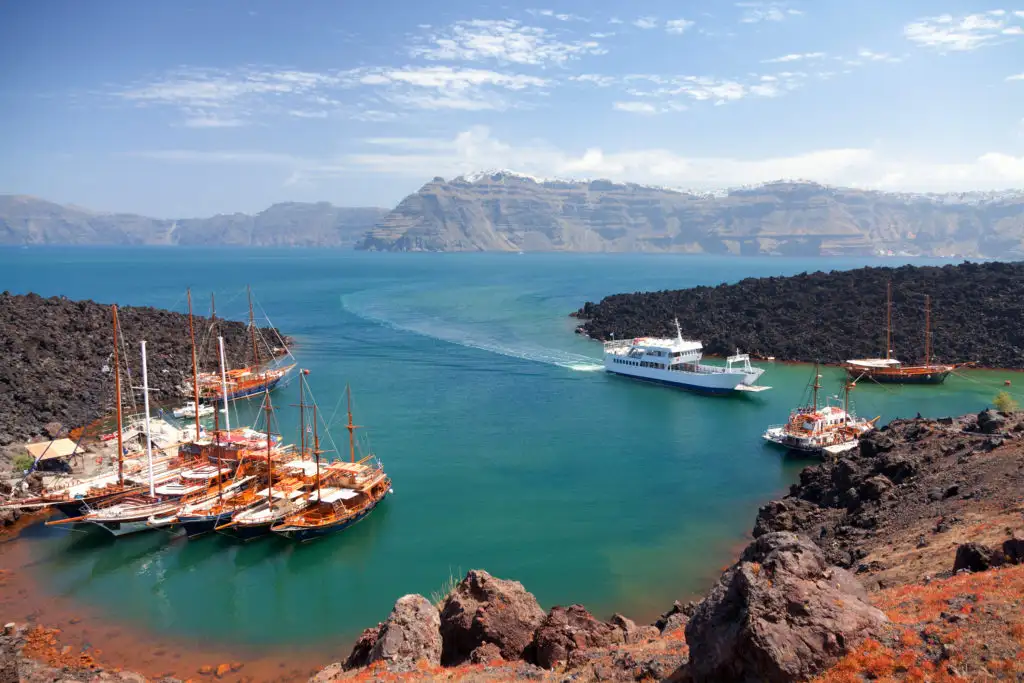
The uninhabited island of Nea Kameni is part of a cluster of islands that make up tourist-favorite Santorini. The last eruption occurred in the winter of 1950 and was minimal compared to previous eruptions. One of the world’s most destructive volcanic eruptions occurred here 3,500 years ago, causing widespread famine and plunging the world into a volcanic winter.
Nea Kameni, Santorini, Greece
Most recent eruption: January 1950
Volcanoes in Norway
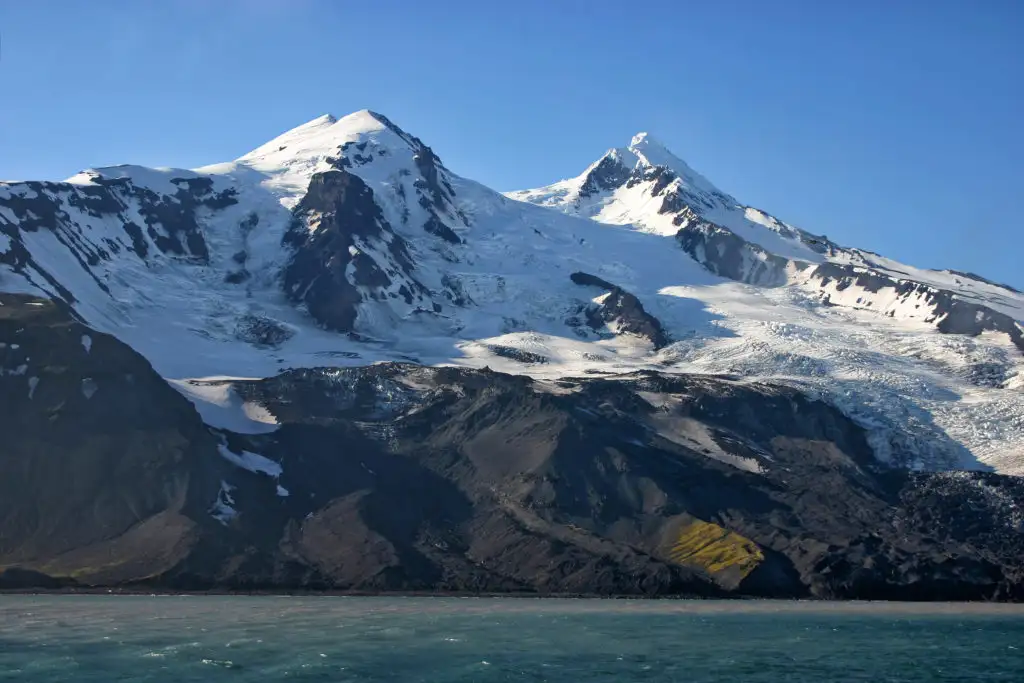
The world’s northernmost volcano is far too remote for most visitors to Norway. For the handful of hikers who do make the trip, isolation poses a much more considerable risk than volcanic eruption.
Beerenberg, Norway
Most recent eruption: January 1985
Volcanoes in Portugal
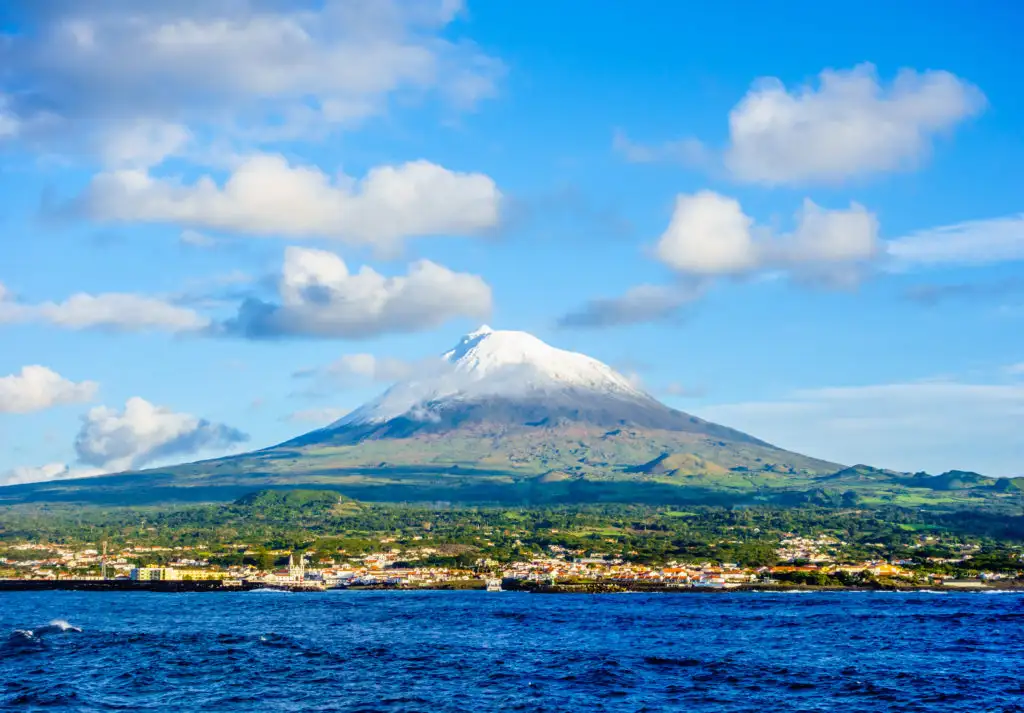
Located outside the mainland in Portugal’s Azores archipelago, Mount Pico is the country’s tallest mountain and only volcano. Tourists who visit Pico Island to whale-watch and enjoy the local wines have little reason to fear a potential eruption. The volcano has been dormant for over 300 years.
Mount Pico, Ilha do Pico, Azores, Portugal
Most recent eruption: December 1720
Volcanoes in France
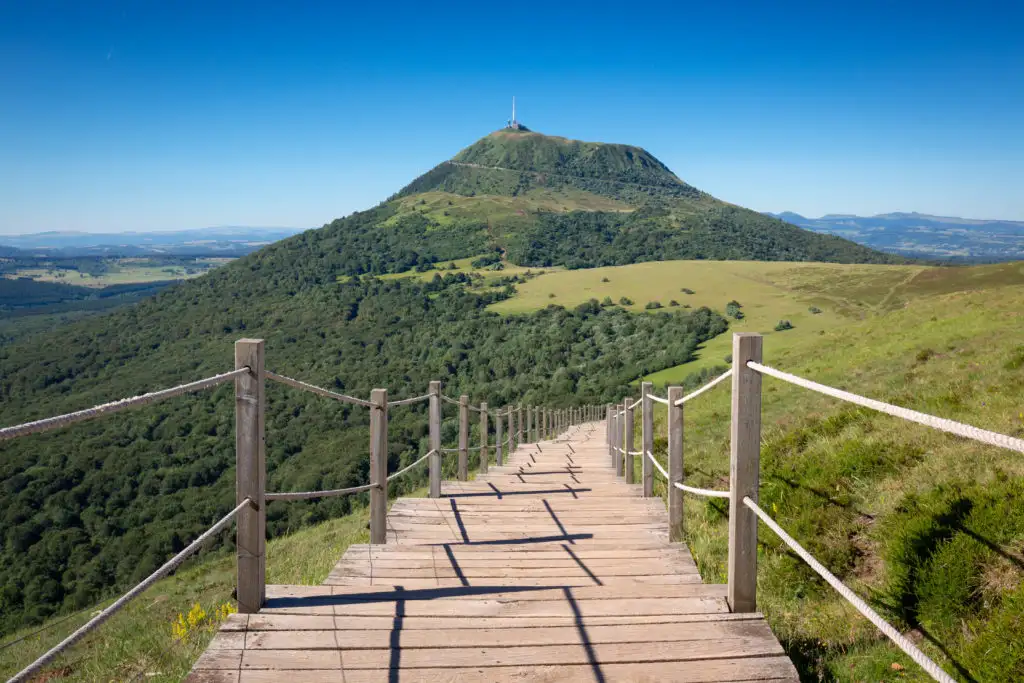
Volcanoes in France? C’est vrai! France is home to two: Puy de Dôme, located in the Auvergne region of France, and Mounts of Cantal in the Massif Central region. These volcanoes have been dormant for thousands of years and pose no threat to many hikers and skiers who flock to the area.
Puy de Dôme, France
Most recent eruption: 10,700 years ago
Mounts of Cantal, France
Most recent eruption: 2 million years ago
Volcanoes in Romania
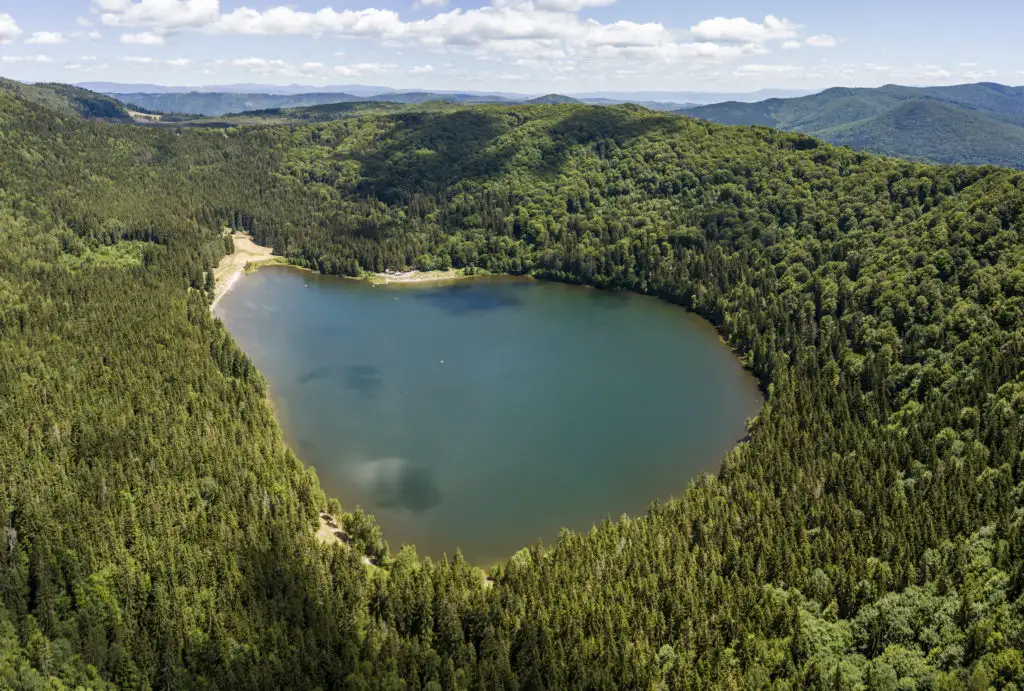
For 30,000 years, Ciomadul in the Carpathian-Pannonian region of Romania has remained inactive. In its crater now sits serene Saint Anne Lake, the only volcanic lake in Eastern Europe. But have locals heard the last of Ciomadul? Scientists were recently surprised to discover 14 cubic miles of magma still lurking below.
Ciomadul, Romania
Most recent eruption: 27,500 years ago
What you should do during a volcanic eruption
In the event that your vacation happens to coincide with a volcanic eruption, there are measures you can take to stay safe, and, if the situation calls for it, prepare for evacuation.
- Protect yourself from ash: One of the biggest dangers during an eruption is ashfall. Stay inside with the windows and doors shut. If you have them handy, wear a mask and goggles or some form of eye protection. The N-95 masks preferred for protection against COVID-19 are also ideal for preventing you from breathing in toxic ash particulates. Ash can also burn and irritate the skin, so cover yourself as best you can with hats, long sleeves, and pants.
- Avoid volcanic gases: Toxic fumes from the volcano can irritate your eyes and throat, and sometimes be fatal. If you are experiencing irritation outdoors, evacuate the area as quickly as possible. If you are indoors, avoid letting in fumes by closing windows and vents, and turning off any cooling and heating systems that could circulate fumes.
- Follow instructions from local authorities: Listen to local emergency management agencies for the latest information on safety and evacuations. If you are advised to leave an area, always comply.
You Might Also Like:
• The Cheapest Caribbean Islands to Visit• Yosemite: Our October National Park of the Month
• 10 Unforgettable Places to Sleep in National Parks
• The 5 Most Crowded National Parks (and Where to Go Instead)
• The 6 Best Lightweight Waterproof Hiking Boots for Travel
We hand-pick everything we recommend and select items through testing and reviews. Some products are sent to us free of charge with no incentive to offer a favorable review. We offer our unbiased opinions and do not accept compensation to review products. All items are in stock and prices are accurate at the time of publication. If you buy something through our links, we may earn a commission.
Related
Top Fares From
Today's Top Travel Deals
Brought to you by ShermansTravel
France: 8-Night Paris, Avignon & Nice...
Infinity Worldwide Vacations
 vacation
$2880+
vacation
$2880+
Poconos: 3 Nts in Garden of...
ResortsAndLodges.com
 hotel
$305+
hotel
$305+
7-Nt Canada & New England Cruise,...
Princess Cruises
 cruise
$839+
cruise
$839+
